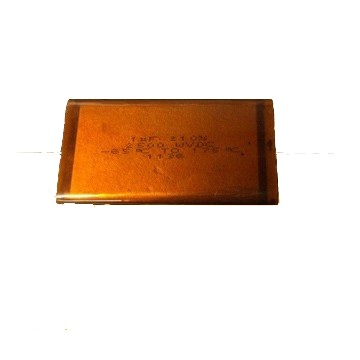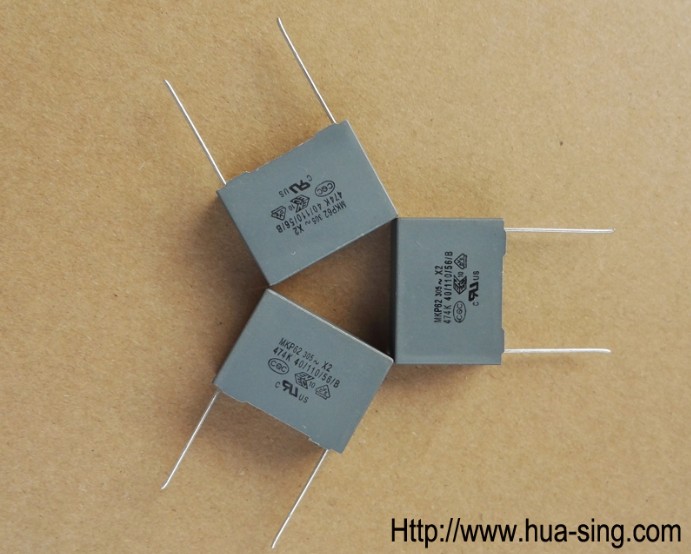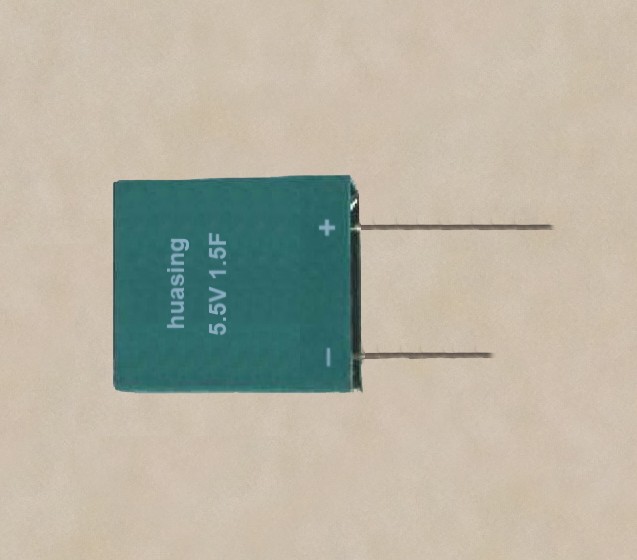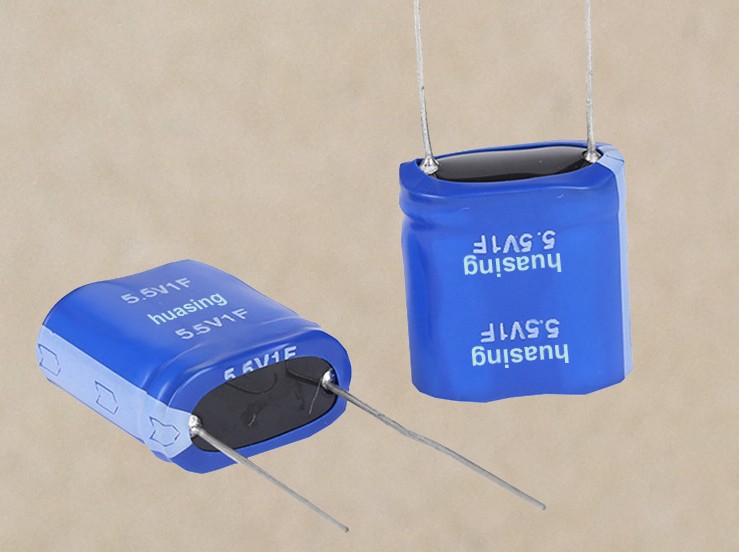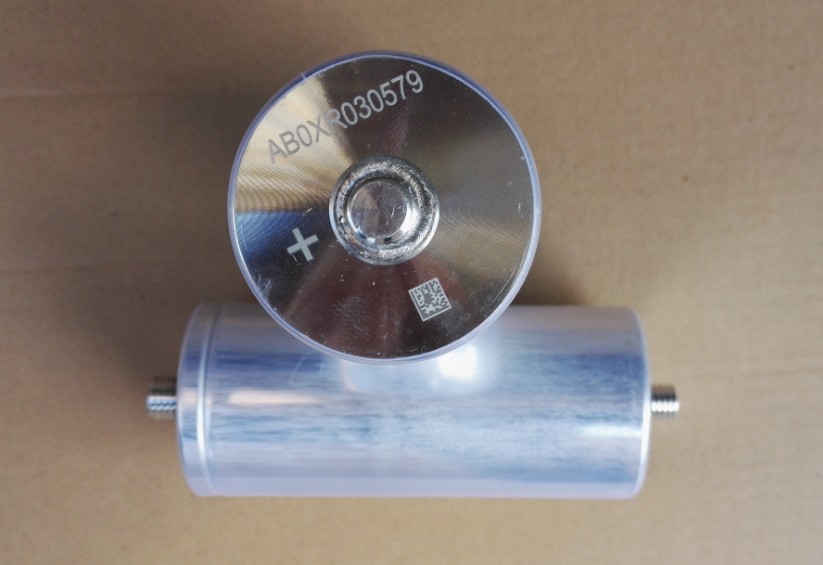Guidelines For Using Aluminum Electrolytic Capacitor
Guidelines For Using Aluminum Electrolytic Capacitor
Upon using Aluminum Electrolytic Capacitors, please proper handling and observing to following important points will insure optimum capacitor performance and long life.
1. DC electrolytic capacitors are polarized.
Make sure of the polarity .The polarity is marked on the body of the capacitor .Application of the reversed voltage may cause a short circuit or damage to the capacitor. Use bipolar capacitors when the polarity is not determined or unknown. Note that DC electrolytic capacitors can not be used for AC application.
2. Bipolar capacitors
They are used only in pulse circuits as well as polarity reverse circuits. but not applicable in pure AC or high ripple current.
3. DO not apply voltage greater than rated voltage .
If a voltage exceeding the rated voltage is applied , the leakage current will increase ,which damage the capacitor. Recommended working voltage is 70 to 80 percent of rated voltage. Using capacitors at recommended working voltage prolongs capacitor life.
4. Do not allow excessive ripple current through the capacitor.
The flow of ripple current over permissible ripple current will cause heat of the capacitor, which may decrease the capacitance and damage the capacitor. ripple current on the capacitor must be at or bellow allowable level, generally not more than 80% of the rated current.
5. Use specially designed capacitors for the circuits where charge and discharge are frequency repeated.
In the circuit subjected to rapid charge and discharge cycles, capacitors may be damaged, its life may be shortened by capacitance decrease, heat rise, ect. Be sure and use special capacitors in these applications.
6. Operating temperature range.
The characteristics of capacitors change with the operating temperature. The capacitance and leakage current increase and tgδdecrease at higher temperatures. The capacitance and leakage current decrease and tgδincrease at lower temperature. Usage at lower temperature will ensure longer life.
7. Relationship between temperature and life.
Life of capacitors has relationship with its used temperature .Generally, if the used temperature is reduced 10℃,life is prolonged twice at rated temperature. Here is calculating format:
![]()
L1—Life at rated temperature L2—Life at actual temperature
T1—Rated used temperature T2—Actual used temperature
8、Check operating frequency.
The capacitance of electrolytic capacitors is usually measured at 100Hz or 120Hz. However , remember that capacitance decrease and tgδincrease as the applied frequency becomes higher whereas the ambient temperature becomes higher.
9、Apply rated DC voltage treatment to the capacitors which have been stored for a long time.
Long periods of storage have virtually no effect no a capacitor’s capacitance and tgδ. Such periods tend, however, to increase leakage current and decrease withstand voltage.
After removing capacitors from long-duration storage, First apply a gradually increasing DC voltage to rated voltage and then use them.
10、The capacitor case is not insulated from the cathode terminal.
The capacitor’s case and cathode terminal connect through the electrolyte. If the case is to be completely insulated, that insulation must be at the capacitor’s mounting point.
11、Do not apply excessive force to the terminals and leads.
The excessive strong force applied to the terminals and lead wires may cause leads to break or terminals to separate and, in turn, cause the internal contact to fail.
12. Cleaning of the circuit board after solder dipping.
Cleaning circuit boards to remove flux or other extraneous matter. To ensure protection for sleeve, marking and sealing materials on capacitor body, capacitor should never be washed or cleaned by halogens agents or solvents such as trichlorethylene, xylem or acetone etc. Recommended cleaning solvents. Methanol, isopropanol ethanol, isobutanol, petroleumethe, propane and/or commercial detergents.
13. Be cautious of the temperature and duration when soldering.
Soldering irons should be kept away from the vinyl insulated sleeves of capacitor. When the capacitor dipped in solder bath, recommendable within 260℃and 10 seconds to avoid damage of capacitor unit.
14. Hole positions on the circuit board.
When designing a circuit board, space the position holes equally to the space between lead wires. When the spacing is either greater than or less than the capacitor’s leads, mounting the capacitor will apply to the leads, causing short circuits, broken circuits, and increased current.
Otherwise, through-holes on the circuit board as well as lead holes of post-process parts can result in solder splashing onto the vinyl sleeve , causing damage. Consider hole positions carefully.

 Tel:86 0513 65085106 Fax:86 0513 81164838
Tel:86 0513 65085106 Fax:86 0513 81164838 